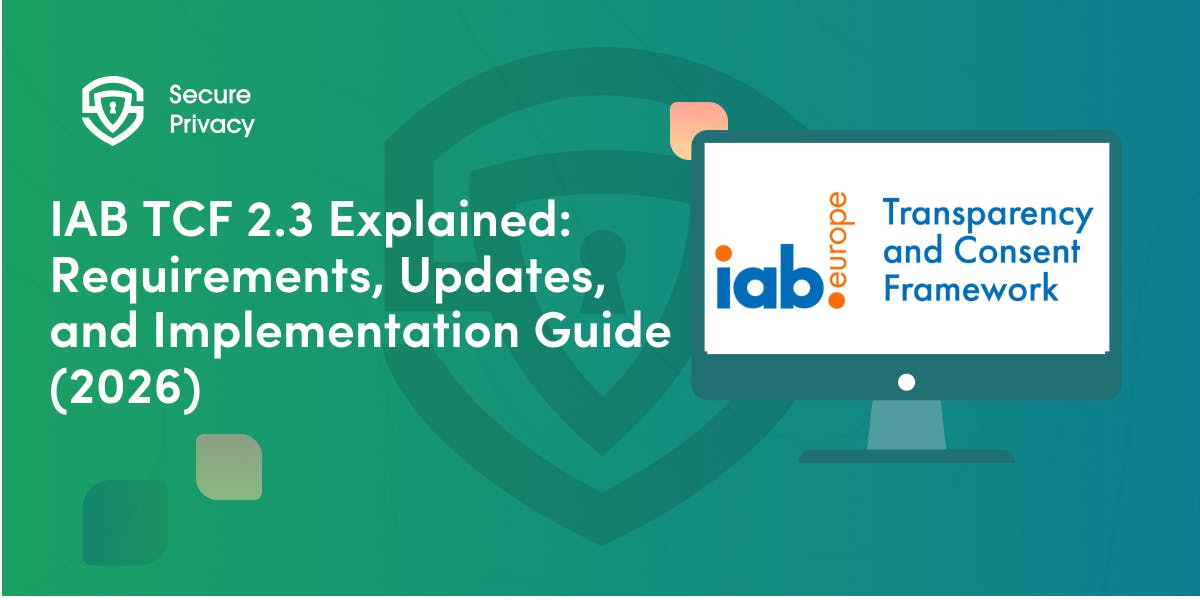How to enable cross-domain consent
Cross-domain consent is useful when you want to collect user's consent across multiple domains using a single cookie banner.
Cross-domain consent is useful when you want to collect user's consent across multiple domains using a single cookie banner. It is good for the user experience when you redirect users to multiple websites/domains. You can see a video of the functionality here.
Follow these steps to enable cross-domain consent. We assume that you have already added your domains inside the domain management panel, and onboarding is complete for all domains.
1. Install Secure Privacy script on all domains.
2. Click on All Domains and navigate to Domains page.
3. Scroll the table to the right, where you can see Domain Consent Group.
4. Edit the column Domain Consent Group for all the domains on which you want to enable cross-domain consent.
5. Make sure that the enable of each group is the same. For example in the below image the Group name is GroupA.

6. Once done, cross-domain consent is enabled for these domains.

IAB TCF 2.3 Explained: Requirements, Updates, and Implementation Guide (2026)
Your ad revenue dropped 40% overnight. Google stopped bidding on your inventory. Your DSP partners flagged your traffic as non-compliant. The culprit? An outdated TCF 2.2 consent string after the February 2026 enforcement deadline.
- Legal & News
- Cookie Consent

The SaaS DPA Guide: GDPR Requirements, Subprocessors, and Automation
Your enterprise deal stalled in legal review for three weeks while procurement demands a comprehensive data processing agreement, your legal team scrambles to understand GDPR requirements, and your sales team watches the quarter-end deadline approach with increasing anxiety.
- Legal & News
- Data Protection

ISO 27701 Explained: Requirements for Privacy Governance
Privacy teams face mounting pressure. Regulators demand proof of systematic data protection. Customers expect transparency. Board members want assurance that privacy risks won't derail operations.
